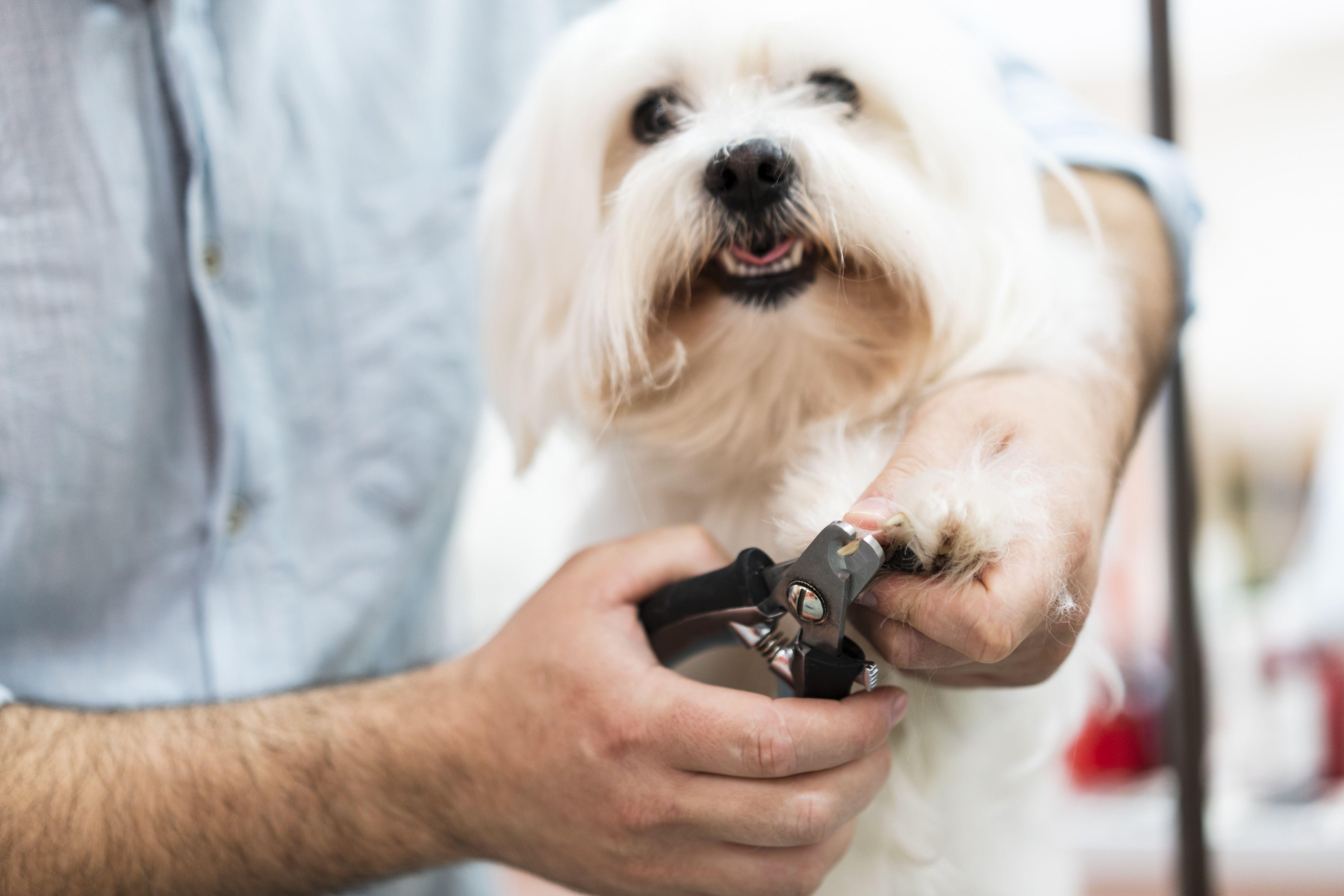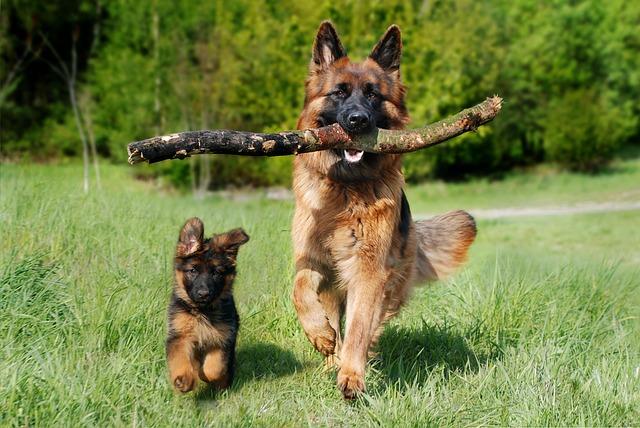In today’s world, our furry companions are more than just pets—they’re cherished members of our families. As such, ensuring their safety is a top priority for any dog owner. Unfortunately, dog thefts have become an increasing concern, leaving many pet owners anxious about their beloved pooches. But worry not, as there are proactive steps you can take to safeguard your four-legged friend. In this article, we’ll explore practical and effective strategies to prevent dog theft, offering you peace of mind while keeping your canine companion safe and sound. Whether you’re a seasoned dog owner or new to the world of wagging tails and wet noses, these tips will help you create a secure environment for your pet, ensuring many happy years together.
Understanding the Risk: Recognizing Common Dog Theft Scenarios
In today’s world, being aware of potential risks can help protect your beloved pet from theft. Dog thieves often operate under the guise of everyday activities, making it crucial to recognize the scenarios where your furry friend might be at risk. Here are some common situations to be vigilant about:
- Unattended Dogs in Public Spaces: Leaving your dog tied outside a store or café, even for a brief moment, can be an opportunity for thieves. Always keep your dog within your sight or accompany them wherever possible.
- Unsecured Yards: A backyard without a secure fence is an easy target. Ensure your yard is properly fenced and consider installing locks on gates to deter unauthorized entry.
- Open Car Windows: While it might be tempting to leave your dog in the car with the windows down, this can attract unwanted attention. If you must leave your dog in the car, make sure it’s secure and never for long periods.
By recognizing these scenarios and taking preventative measures, you can significantly reduce the risk of dog theft and keep your four-legged friend safe and sound.

Creating a Secure Environment: Protecting Your Home and Yard
Ensuring the safety of your beloved canine companion begins with vigilance and proactive measures. Start by assessing your property’s vulnerabilities. Consider installing a sturdy fence that is not only secure but also tall enough to deter would-be thieves. A lockable gate adds an extra layer of protection. Security cameras strategically placed around your home and yard can serve as both a deterrent and a valuable tool for recovering a stolen pet.
Additionally, cultivating a community watch mindset with your neighbors can enhance the safety of your area. Simple practices such as these can significantly reduce risks:
- Keep your dog’s microchip information up-to-date and ensure they wear a collar with an ID tag at all times.
- Be cautious about sharing your dog’s routine on social media platforms, as this information can be exploited by thieves.
- Never leave your dog unattended in public spaces, including your yard if it’s visible from the street.
- Use motion-activated lights to illuminate your yard at night, deterring potential intruders.
By taking these steps, you can create a more secure environment that keeps your furry friend safe from harm.

Vigilant Practices: Safe Walking and Socializing Habits
When strolling with your furry friend, adopting vigilant practices is essential to ensure both your safety and theirs. Always choose well-lit paths and familiar routes, especially during early mornings or late evenings. Keeping your dog on a sturdy leash is crucial, as it helps prevent them from wandering too far or getting distracted by their surroundings. Avoid distractions such as texting or listening to loud music, as staying alert can help you notice any unusual activity or potential threats nearby.
While socializing is a delightful part of walking your dog, be cautious about oversharing with strangers. Keep in mind the following tips:
- Limit sharing your dog’s name or specific details about your routine.
- If approached by someone asking too many questions, trust your instincts and prioritize safety.
- Consider walking with a friend or joining a local dog-walking group to enhance safety through numbers.
By embracing these habits, you can enjoy peaceful walks and enrich your bond with your canine companion, all while staying secure.
Technology to the Rescue: Using GPS and Identification Tools
In today’s digital age, technology plays a pivotal role in ensuring the safety of our furry companions. By leveraging GPS and identification tools, pet owners can create an additional layer of security against dog thefts. GPS trackers are small devices that attach to your dog’s collar, providing real-time location updates directly to your smartphone. This allows you to monitor your dog’s whereabouts and quickly respond if they venture beyond safe boundaries. Moreover, many GPS trackers offer features like geofencing, where you can set up virtual perimeters and receive instant alerts if your pet strays outside the designated area.
In addition to GPS, consider utilizing microchips and smart collars. Microchips are tiny, implantable devices that store your contact information and are invaluable in recovering lost or stolen pets. Unlike collars that can be removed, a microchip remains a permanent identifier. Meanwhile, smart collars often come equipped with both GPS and activity monitoring features, giving you insights into your pet’s daily habits and health. By combining these technologies, you create a robust defense against dog theft, ensuring your beloved pet’s safety and your peace of mind.
- GPS Trackers: Real-time location tracking and geofencing alerts.
- Microchips: Permanent identification with your contact details.
- Smart Collars: Integrated GPS and health monitoring.

